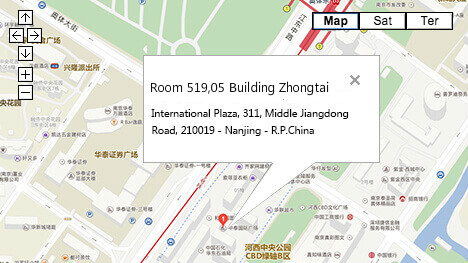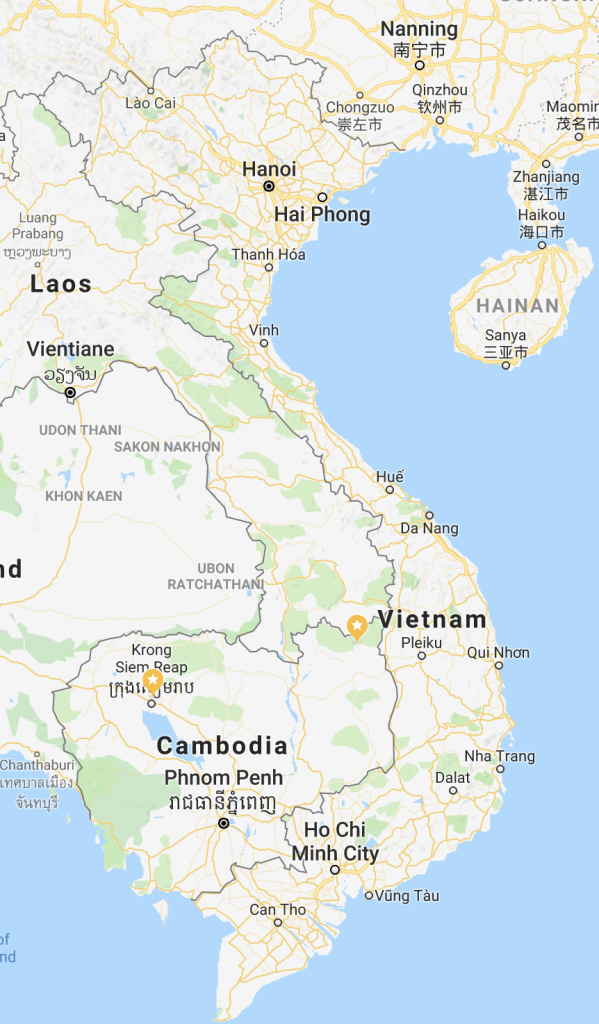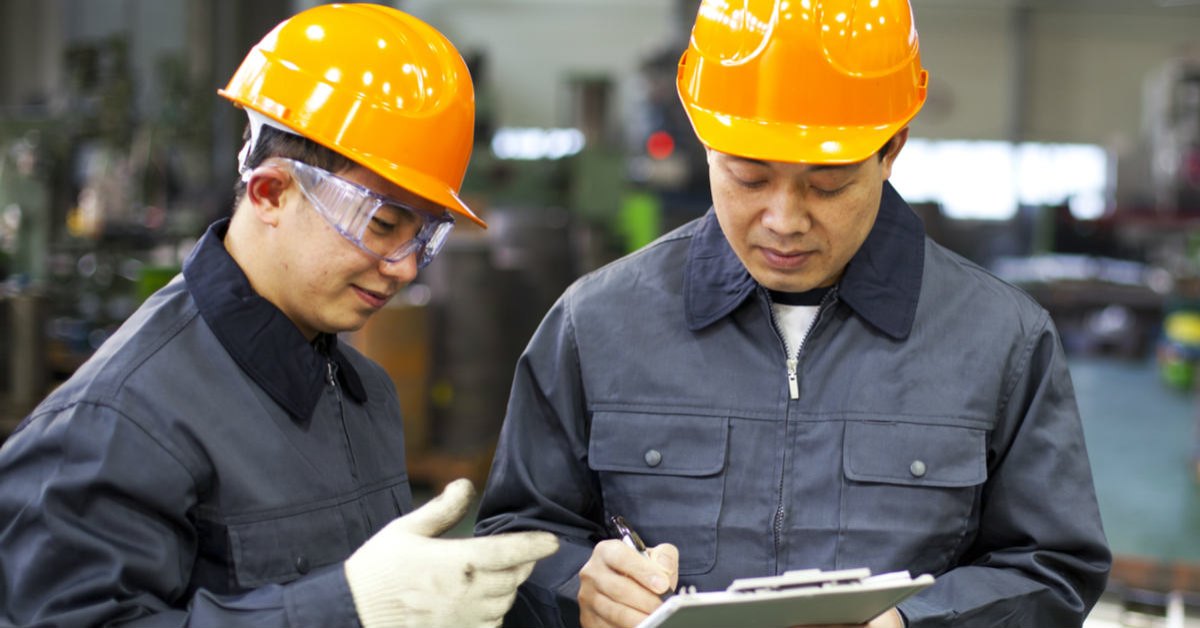Some clients have asked us “what is a certificate of conformity” over the years, and…

Transferring Production from China to Vietnam to Avoid Tariffs
I am writing this from Vietnam, where the tariffs imposed by the Trump administration on made-in-China goods mean new business opportunities.
Many companies import products from China to the US and have seen their margin annihilated. A logical reaction is to look at other places to have their products manufactured. And Vietnam is often in the short list of alternatives.
If you are in that case, what are the key questions you should ask yourself?
Access to component suppliers
If you buy bamboo decoration, you should already be in Vietnam. If you have developed a complex electro-mechanical product, the situation is different. Things are changing fast in Vietnam, but the supply chain is still behind that of China.
A few key questions will be:
- Can the materials/components be sourced locally?
- Will they have to be sent from Guangdong province (or even further away in China)?
- Will you need more vertical integration (for example, inject your plastic parts yourself), as was common in China 20 years ago?
Make vs. Buy
If you can’t find a good supplier, your volumes are high, you want control over your supply chain, and vertical integration appears to be necessary, it makes sense to look into the option of setting up your own factory.
- Should you set up your own factory (and plan to be in Vietnam for the next 10+ years)?
- Should you go with a contract manufacturer (CM)? There are fine CMs, but maybe not in your vertical and/or for the quantities you purchase.
Scope of manufacturing
To avoid import duties, a common strategy is to do only the final assembly in a country not subject to any trade barriers, and to get all the fabrication (and sometimes sub-assemblies) made somewhere else.
Does this make sense? And will it be sufficient to avoid tariffs?
Where in Vietnam?
- The Ho Chi Minh City area (South) has been booming and seems to be the main export manufacturing hub. The government is planning new and large industrial parks. It is by the sea.
- Hanoi (the capital city, in the North) also counts a large manufacturing area. It is closer to China. However, based on quotations from several freight forwarders, it appears that sending goods from Guangzhou to Hanoi is about the same price, and is only 2-3 days faster, than sending them to Ho Chi Minh City, so geographical proximity does not make a big difference.
- Da Nang (also along the coast, middle Vietnam) has received a lot of Chinese investment. The plan is to develop a hub for electronics. Yet, from our inspection data, the volumes of electronics coming out of Ho Chi Minh City seem to be much higher.
How to leave China?
This can be very sensitive. You might get into serious trouble if your current Chinese suppliers learn of your plans to drop them.
You might have to double-source for a couple of months before you can single-source again in your country of choice… Think of it as developing a backup supplier and switching progressively to it.
Dedicated equipment and tooling
- If your China production necessitates custom-made tooling or other equipment, how to transfer it?
- Do you have an agreement in place that allows you to get your tooling back when needed?
Training & troubleshooting
How to train the Vietnamese operators, inspectors, and engineers (if your production is out of the ordinary and requires specific training)?
They might need some small runs at an increasing pace. Many issues might come up, and it might take process engineers some time before all is ironed out. Don’t expect a new operation to be ready for mass production immediately…
—
Did I forget something critically important? Any suggestions?
From: qualityinspection




This Post Has 0 Comments